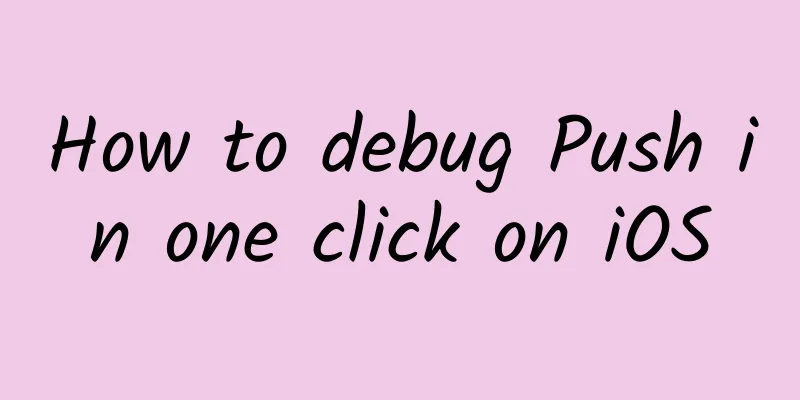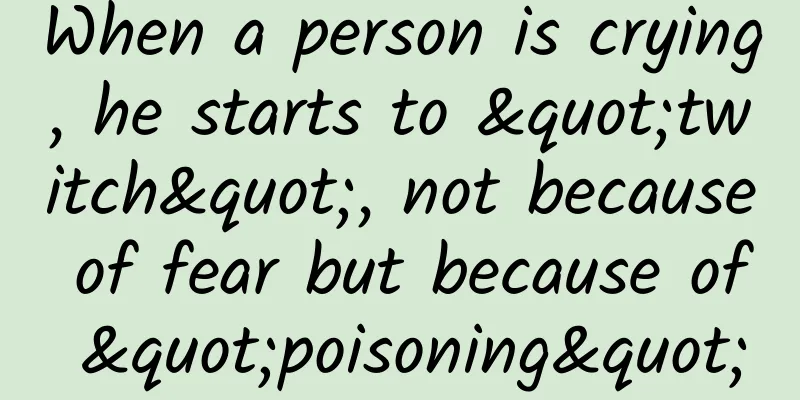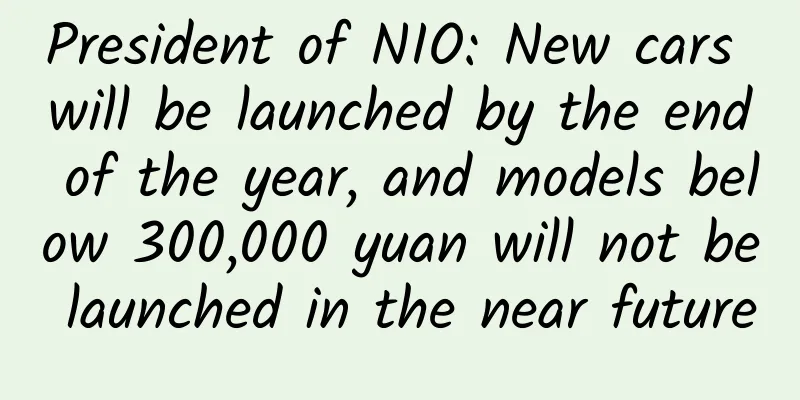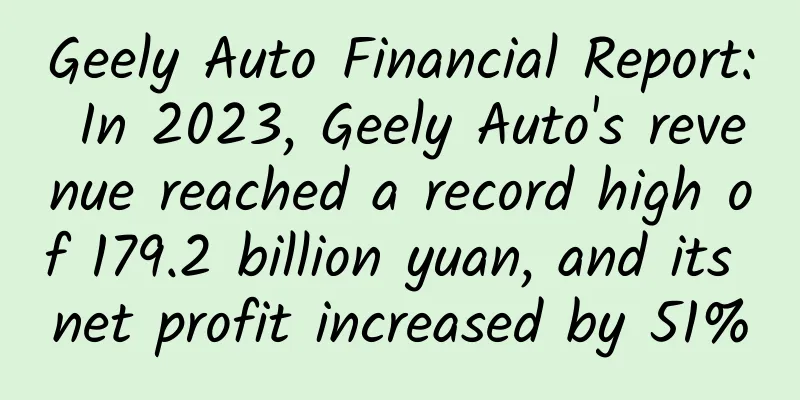Event Operations丨Which is more painful, no one participating or dying after having a great time?
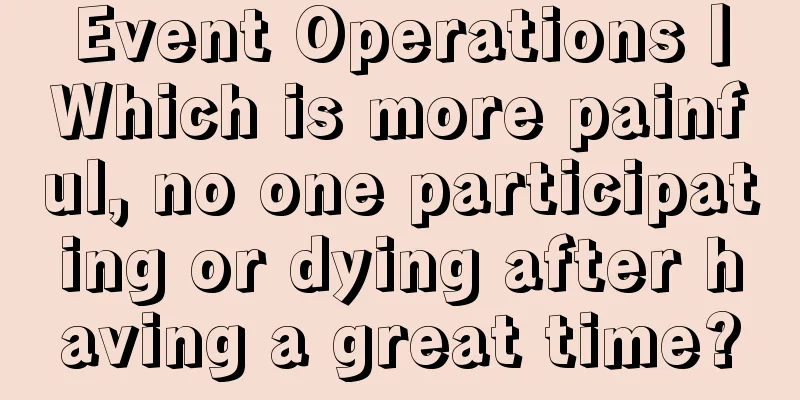
|
Two friends told me about some of their confusions in event operations . One asked why no one participated in the event he designed, and the other asked why the event he designed had a very good effect on the day it went online, but had no effect the next day. So let’s talk about activities today. Why is there no one attending your event? 1. Possible causes This question is very, very complicated. I can only try to list all the possibilities, and you can only choose the one that suits you best. Here are the possibilities: 1. The activity rules are too complicated Asking users to go through too many steps will make them feel it is too troublesome. 2. Unreasonable prize design If the event prizes are not attractive, users will naturally not be enthusiastic. 3. Unclear description If users can’t understand your description, they naturally won’t know what to do, how to do it, or how to win the award. 4. The publicity channels are not smooth You created a great campaign, but if users don’t know about it, no one will come. 2. Solve the problem of the activity itself first Among the above possible reasons, the first three are problems with the activity itself, and the last one is a problem of publicity. Of course, it is also related to the activity itself, but we will talk about it later. It is not difficult to solve the problem of the event itself. This is related to event planning . We can point out a few key points: 1. Clarify the purpose of the activity In fact, I have repeatedly emphasized this point in my past articles on event operations. For an event, it is best to focus on only one purpose. The purpose itself should be simple enough that you should be able to answer it in one sentence. For example, if I am an e-commerce company , the activity I want to do is to increase the sales of a certain category. This is the purpose, and this purpose can be broken down, for example, increasing sales by increasing the number of orders, or increasing sales by increasing the average order value, or even, without changing anything, increasing sales by increasing the conversion rate . You must know clearly what the purpose is and what simple operations can be broken down into corresponding to this purpose. This simple operation is for users. Therefore, in principle, you need to clarify the purpose first so that you can break down the user behaviors that need to be incentivized by the activity. 2. Point to core action If you have clearly defined the purpose of your activity, then according to what we just said, you should start to break down user actions. The purpose of breaking down actions is to make the corresponding user behaviors in the rules more precise and simple, and to prevent users from having to perform too much operation and thinking. For example, simply forwarding a message to win a prize will definitely have a higher participation rate than forwarding + @friends to win a prize, because the former is simpler and has a lower user cost; For example, it is easier for users to like the information that clearly states that they can get discounts by receiving coupons for purchases above a certain amount than by entering a discount code to get discounts. The purpose of pointing to the core action is to shorten the process of users participating in the activity and make it clearer for users to be eligible for rewards. Often, this is the reason why rules are complicated or descriptions are unclear. If you think too much and don’t know how to get to the core, you can only use extremely detailed descriptions to guide user behavior, but this is often the reason why users stay away from your activities. 3. Think carefully about your rewards This point can actually be expanded upon in great detail, but today we will not expand upon it in such a large way and will only discuss two points: 1. Try to use your budget reasonably. Regarding the rational use of the budget, the premise of this matter is that your event has a budget. If you want to organize an event but don’t have the budget, then I suggest you try a more lightweight design so that users will think that there is nothing to lose and might as well support the event. If you have a budget, then congratulations, you can consider your prizes carefully. Of course, when considering the prize setting, the first thing to do is to determine the reward method, whether it is a general prize or a lottery. I'm talking about the method, not the packaging. My experience is: 1. If you need a large number of users to spread and disseminate the product, you can either use a lottery + popular physical items of the season; or use a general prize + virtual items that users like but are not actually expensive. 2. If what you need is to actually increase core data such as sales and conversion rate, then it may be more valuable to draw a grand prize + a small general prize. Therefore, how to set the prizes and what method to use should first be considered based on the budget and secondly on the purpose. 3. Consider the issue of publicity There are two problems with the publicity issue: 1. Promotion channels of the event organizer It is not easy to adjust the publicity channels and resources owned by the event organizer. For example, a friend who worked at Alibaba wanted to get Alipay ’s carousel ads, but Alipay just wouldn’t give it to him. This part of resources is basically accumulated over a long period of time, and it will be locked for a longer period of time unless you have the ability to open up new channels. Now the spread of users becomes even more important. Whether it is the price-bargaining activity that Brother Liang complained about before, or the User Referral that is often emphasized, they are actually utilizing the power of user communication. Including @friends with the most traffic on Weibo in the past and forwarding to win prizes, etc... These all emphasize and rely on the dissemination of users themselves. There are many benefits to users’ own dissemination, such as endorsing activities/products, enhancing the trust of others at their own dissemination nodes, etc. Therefore, in the current activity design, basically everyone attaches great importance to this aspect. Although it is important, many activities are not well designed for this purpose. No one will like a dry sentence like "Forward this to a friend to get a chance to win a prize." Event planners need to consider carefully how to make communication more interesting and users more proactive. Why was it only popular for one day? A reader asked me in confusion: Brother Liang, why is my activity only popular for one day? The same app offers red envelopes for downloads, but the number of downloads surged on the first day, but disappeared on the second day... I didn't answer this question in the background because I really didn't know how to start. If an app's download volume is boosted by giving out red envelopes, and the effect is only good on the first day, then in my experience, there are only four possibilities: 1. There are problems with the quality of the promotional channels, and it is even possible that the volume on the first day is inflated. 2. The activity design is insincere, and users cannot obtain real benefits from the red envelopes, which directly spreads negative information and affects follow-up. 3. Users are frightened by similar unscrupulous activities and are implicated. 4. System reasons, such as a sudden increase in downloads being considered cheating and being punished. Some people will definitely look at these four points and ask why the system penalties have been issued. Because you can't prove that all downloads are due solely to red envelope activities. Users download first and then receive the red envelope, so the behavior viewed from the background is the same. The most you can do is to distinguish whether the source is an active link - and the premise is that you have already achieved tracking of the source link before your data tracking. Otherwise, it means that all users who download the app can receive red envelopes. Having said that, I think attentive readers should have discovered that this activity itself has loopholes - judging from the readers' descriptions alone, it seems that this is just a benefit where downloaders and installers can receive a red envelope. I must point out that if the peak of the curve of the number of participants in your event is on the first day and then gradually decreases, then there must be a problem with the design of the event. So, what to do? Adjust and re-launch quickly. Divide it into several time points, and adjust the copy, pictures and descriptions of each channel within 24 hours. Don't adjust too much on each channel, but make simple adjustments on each channel. After the adjustment, continue to observe the data to see which channel has increased the number of user participation. Then other channels will make the same or similar adjustments. Of course, this adjustment is only limited to the case where the problem of the activity itself has been solved. Otherwise, it is meaningless except that you get a bumpy curve in the activity data. Here, by the way, let me talk about the testing work before the activity goes online. One thing is to let colleagues around you participate, observe their operations, and conduct simple interviews to see whether the activity design meets expectations and whether the user mentality is typical. This will at least be easier to improve and ensure results than activities that only test functions but not experience. Mobile application product promotion service: APP promotion service Qinggua Media advertising The author of this article @操作小咖秀compiled and published by (APP Top Promotion). Please indicate the author information and source when reprinting! |
>>: How do I migrate a WeChat mini program to a Baidu mini program?
Recommend
Marketing promotion: How to start content marketing from scratch?
What is content marketing ? Why do content market...
Xiaohongshu keyword ranking strategy!
|Directory| 1. Xiaohongshu search ranking 2. The ...
Why are konjac shreds white and konjac cubes black?
Audit expert: Wang Guoyi Postdoctoral fellow in N...
The latest news on the Shenzhen epidemic in 2022: Is it closed again today? In which areas are the lockdown areas and control areas specifically distributed?
Recently, the local epidemic situation in Shenzhe...
Comparison of 5,000 years of history between China and foreign countries, understand it in one go!
...
It is one of the most dangerous birds in the world, but it has been kept in captivity.
Today we are going to talk about a bird, a beauti...
The antibody of "mixed vaccination" is 10 times higher? Is "mixed vaccination" necessary to deal with Omicron?
According to media reports, the test results rece...
LeTV Sports breaks the record of financing with 800 million yuan. Why is it favored by Jack Ma and Wang Jianlin?
Let's go back to 2012, when Jack Ma and Wang ...
Do conscripts have preferential cards? What benefits do you enjoy? How to apply and what are the requirements?
The Veterans' Benefit Card is a red business ...
Operational promotion: The travel platform’s strategy for attracting new customers: sharing red envelopes!
Usually after completing a transaction, we can sh...
How can educational and training institutions operate well during the Spring Festival? Take this activity plan away quickly!
What does the Spring Festival mean to consumers? ...
Why can a cat's eye see the whole outside world?
"Seeing a leopard through a bamboo tube"...
Windows 10 update infinite "initialization": the solution is here
Microsoft has just pushed out the Windows 10 Buil...
Tencent advertising skills and common problems!
This article shares with you some difficult probl...
Do you need to wash raisins before eating them? I realized after reading this that I had been eating them wrong all along.
This article was reviewed by Liu Shaowei, food sa...
